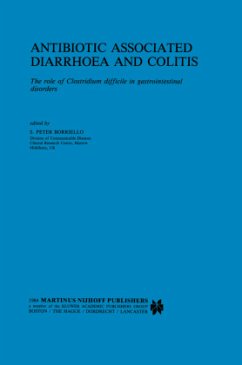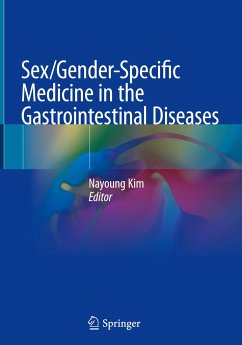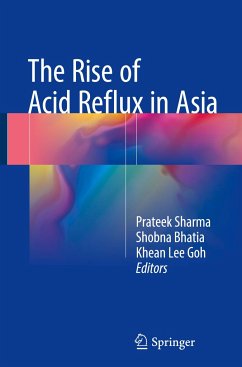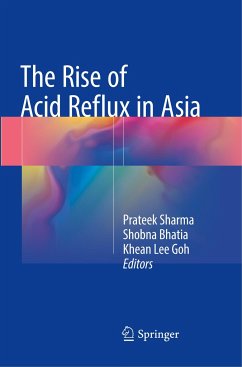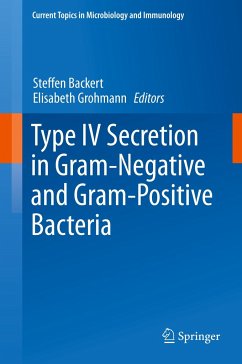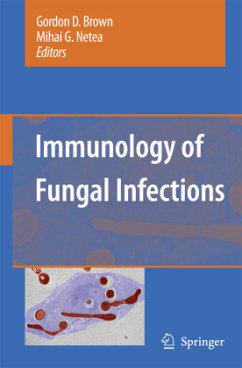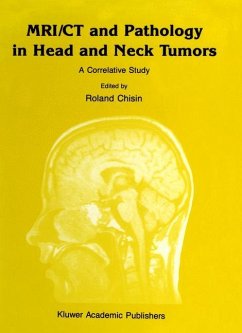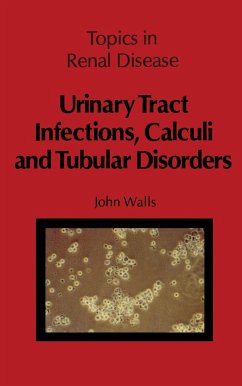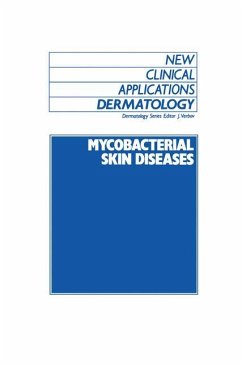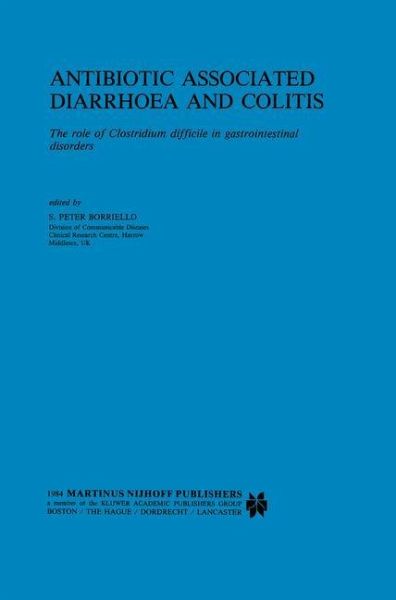
Antibiotic Associated Diarrhoea and Colitis
The role of Clostridium difficile in gastrointestinal disorders
Herausgegeben: Borriello, S. P.

PAYBACK Punkte
58 °P sammeln!
Antimicrobial-associated diarrhea is often caused by Clostridium difficile; this disease can best be diagnosed by detection of fecal cytotoxin in a tissue culture assay and, when therapy is indicated, can be effectively treated with orally administered vancomycin. The cause of disease in most cases of antimicrobial-associated diarrhea that do not involve C. difficile is not known; fortunately, this form of diarrhea 1S usually mild. Antimicrobial-associated diarrhea may also rarely involve s. aureus and certain enteric pathogens. 37 QHAPTER 4 Qf. TECTlON. ISOLATION Al:iQ. . . IQENTlFICATlON OF ...
Antimicrobial-associated diarrhea is often caused by Clostridium difficile; this disease can best be diagnosed by detection of fecal cytotoxin in a tissue culture assay and, when therapy is indicated, can be effectively treated with orally administered vancomycin. The cause of disease in most cases of antimicrobial-associated diarrhea that do not involve C. difficile is not known; fortunately, this form of diarrhea 1S usually mild. Antimicrobial-associated diarrhea may also rarely involve s. aureus and certain enteric pathogens. 37 QHAPTER 4 Qf. TECTlON. ISOLATION Al:iQ. . . IQENTlFICATlON OF CLOSTRIDIUM PIFFICILE S. P. BORRIELLO and PAULINE HONOUR Introduction 38 Detection of Co dlfflcile in stools 38 Direct methods 38 Indirect methods 39 Isolation of Co djfficjle 40 Identification of Co difflcile 44 38 DETECTION ISOLATION AND IDENTIFICATION OF CLOSTRIDIUM DIFFICILE S. P. Borriello and Pauline Honour Introduction In view of the mounting evidence generated world wide in the last few years that firmly implicates Pds. . difficile as the aetiological agent in both antibiotic and non-antibiotic associated pseudomembranous colitis (Larson ~ al. , 1978, Bartlett ~ al. , 1978a, George ~ al. , 1978a), and also recent recognition of the fact that there may be a spectrum of gastrointestinal diseases associated with Pds. . difficile infections (Borriello and Larson, 1981, Bolton ~ al. , 1980, Brettle ~ al. , 1982), an increasing number of laboratories are seeking to detect, isolate and identify Pds. . difficile from clinical samples.





